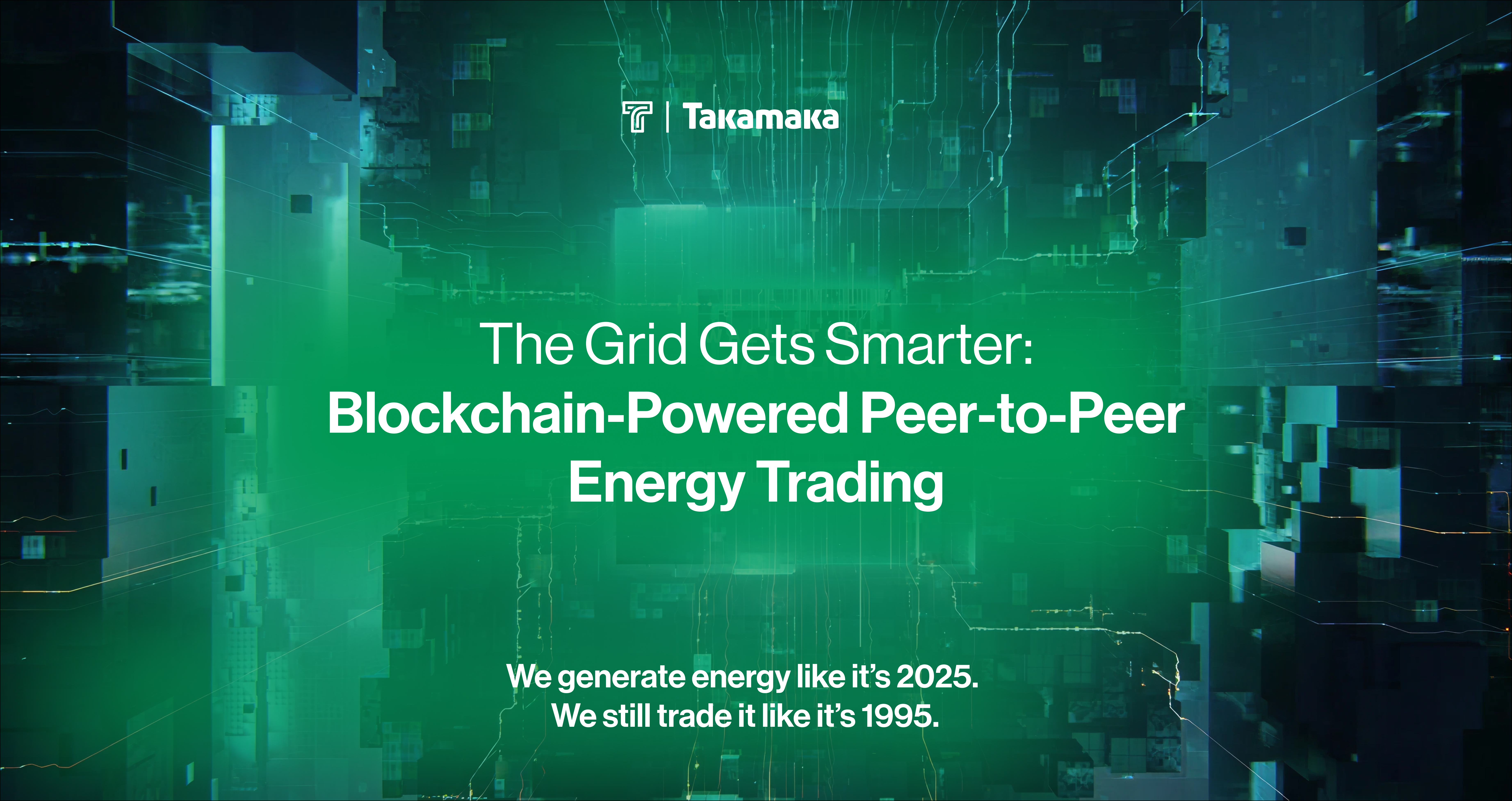
The problem lies in the grid’s outdated market logic. Even as millions install rooftop solar and local batteries, most power still flows through a centralized system built for fossil fuels and large utilities. Pricing is slow, settlements are delayed, and there’s little room for consumers to become active participants. Clean energy is ready to scale, but the infrastructure that governs it wasn’t designed for a world where everyone can generate, store, and sell electricity.
Powerledger saw the mismatch early. While clean energy tech advanced, the market rules remained unchanged: centralized, opaque, and slow. So they built something different: a system where energy can move freely, peer to peer, powered by blockchain. A system where local energy producers become sellers, and neighborhoods become marketplaces.
From Solar Panels to Local Markets
Powerledger, an Australian tech company founded in 2016, is exploring new ways to improve how energy is bought and sold. Its blockchain-based platform supports peer-to-peer energy trading, enabling consumers to sell excess solar power directly to their neighbors or into local microgrids. It reduces the need for central coordination and creates more flexible local markets.
Using a custom-built blockchain layer and smart contracts, Powerledger creates a secure, transparent ledger of energy flows. Every kilowatt-hour generated, stored, or sold is recorded immutably. Participants can set preferences (such as price, time of day, or energy source), and the system matches supply with demand based on those parameters.
The platform has been deployed across Australia, Thailand, India, France, and the United States. In Bangkok, for instance, Powerledger partnered with BCPG and the Thai Digital Energy Development agency to launch a smart microgrid that tracks and settles solar transactions across multiple buildings, enabling faster and more localized energy settlement.
Why This Matters
Traditional energy grids rely on top-down structures, centralized billing, and long settlement cycles. This structure works well for large-scale utilities but is less effective in neighborhoods where homes generate and store their own power. Powerledger’s model helps shift energy from commodity to community.
With blockchain, energy trading becomes more flexible, efficient, and locally transparent:
-
Trustless by design: No need to rely on a central broker. Transactions are verified and recorded by the system.
-
Detailed and timely: Energy usage and transfers can be tracked at high resolution.
-
Programmable: Smart contracts can enforce pricing logic, source preferences (e.g., renewables only), or time-based conditions.
-
Scalable and inclusive: From small households to industrial campuses, the model is adaptable.
It’s not only about efficiency. In regions with active pilots, such as Thailand and India, decentralized trading shows potential to improve local resilience and energy access. And as climate targets become stricter, blockchain can provide the audit trail needed to verify carbon reporting and renewable usage claims.
Sources
-
Powerledger Official Website: https://powerledger.io
-
World Economic Forum on Powerledger: https://www.weforum.org/agenda/2021/02/how-blockchain-can-power-the-energy-transition/
-
BCPG–Powerledger Bangkok Microgrid Case: https://www.pv-magazine.com/2020/03/02/thailands-peer-to-peer-pv-trading-trial-moves-forward/
-
Forbes Feature: https://www.forbes.com/sites/forbestechcouncil/2021/10/22/how-blockchain-is-driving-change-in-renewable-energy/?sh=271a7eac509c

